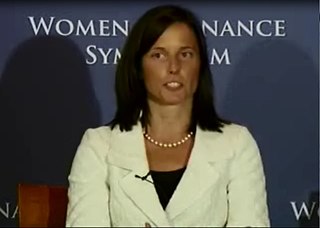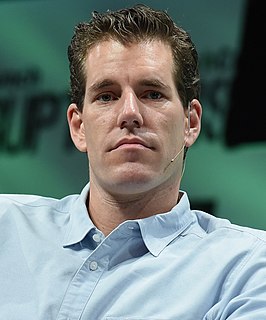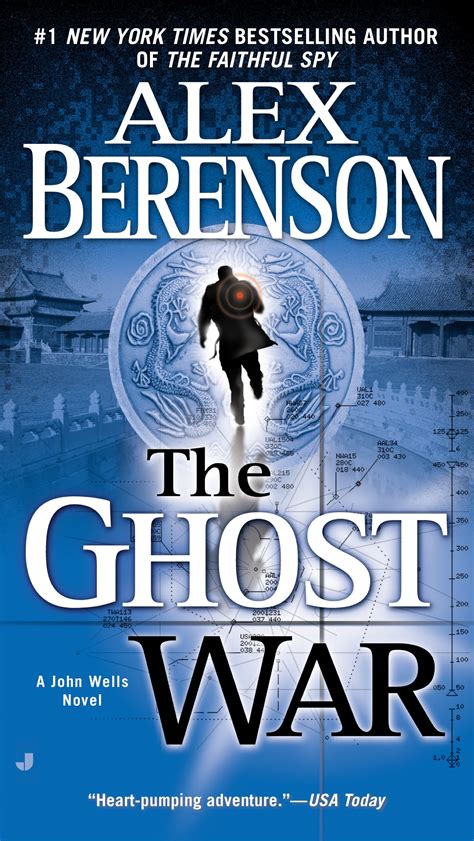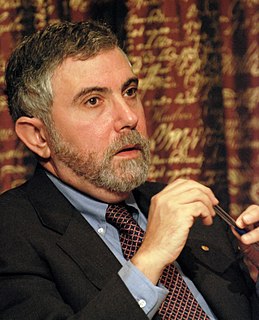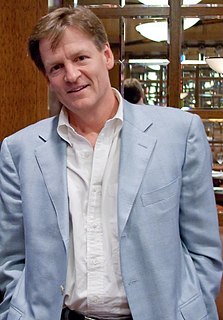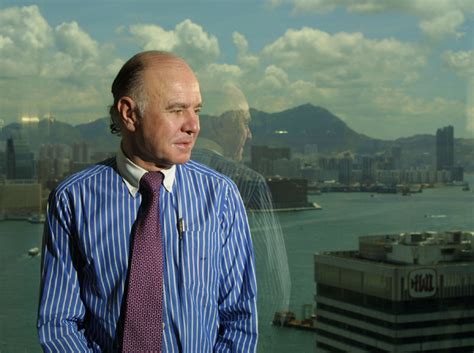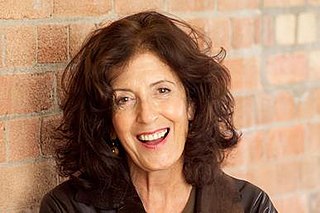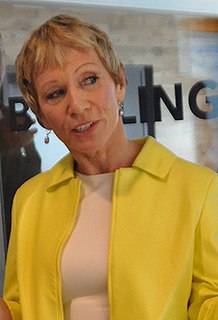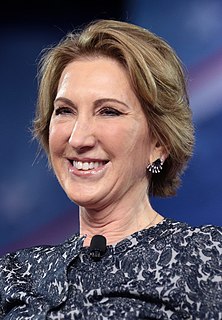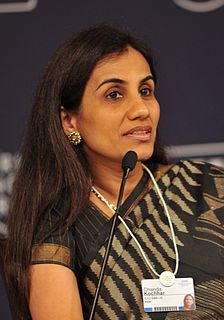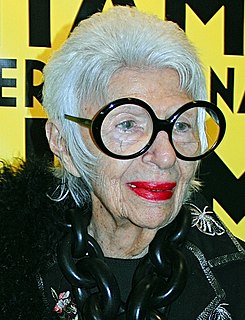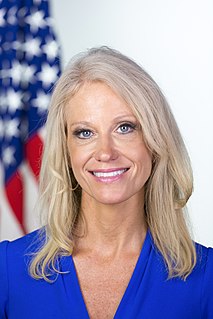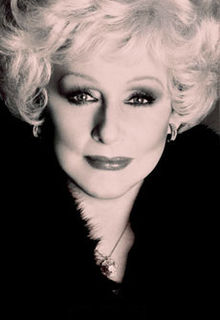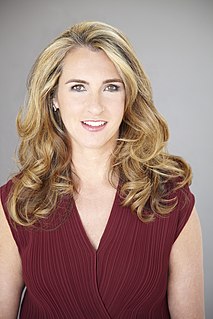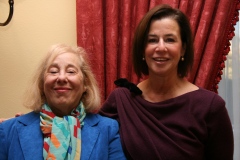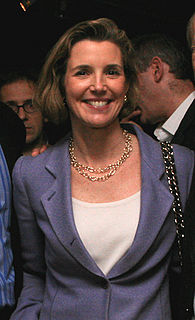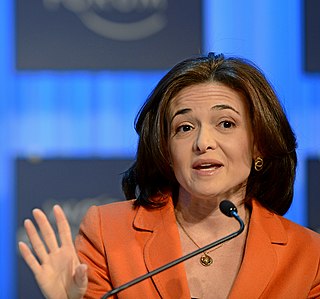A Quote by Adena Friedman
In 1998, Nasdaq started a project called Next Nasdaq - or what Nasdaq was going to become - and they decided to handpick some of the up-and-comers. I was chosen as one of the people. It was a great opportunity for me and, I guess, a reflection of the fact that I was seen as someone who was developing her career pretty well.
Related Quotes
Who are you talking to right now? Who is it you think you see? Do you know how much I make a year? I mean, even if I told you, you wouldn't believe it. Do you know what would happen if I suddenly decided to stop going into work? A business big enough that it could be listed on the NASDAQ goes belly up. Disappears. It ceases to exist, without me.
